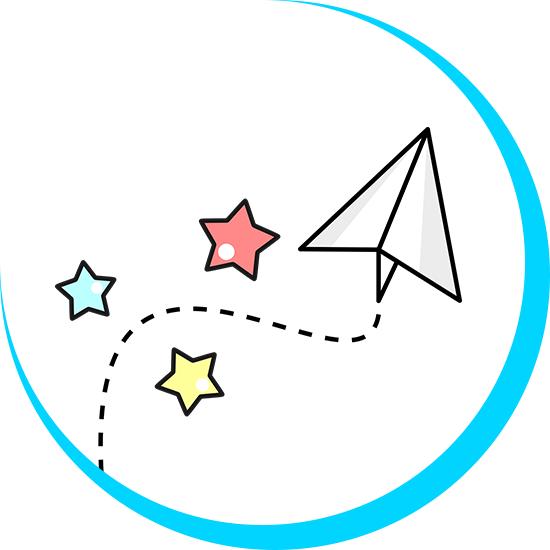The art of paper airplane making has been around for centuries, with the earliest known designs dating back to ancient China. Throughout the years, many variations and improvements have been made to the basic design, resulting in a wide range of paper airplane types and styles. Some are designed for long distance flights, while others are optimized for aerobatic stunts and tricks.
At our paper airplane website, we aim to provide a comprehensive resource for anyone interested in learning about and experimenting with paper airplanes. Our site includes detailed instructions and diagrams for making a wide variety of paper airplane designs, ranging from simple and easy-to-make models to more advanced and complex designs. We also provide tips and tricks for improving the flight performance of your paper airplanes, as well as information on the science behind the aerodynamics of paper airplanes.
In addition to our instructional content, our site also features a forum where users can share their own paper airplane designs and experiences, as well as ask questions and provide feedback to other members of the community. We also have a gallery where users can upload and share photos and videos of their own paper airplane creations.
Whether you’re a seasoned paper airplane maker or just starting out, our site has something for everyone. So why not grab a sheet of paper and give it a try? Who knows, you might just discover a lifelong passion for the fascinating world of paper airplane making.

To make a basic paper airplane, start by folding a sheet of paper in half lengthwise. Unfold the paper, then fold the top corners down to meet the center crease. Next, fold the top edges of the paper down to meet the center crease again. Finally, fold the plane in half along the center crease and push the sides in to give it a more aerodynamic shape.
To make a paper airplane that flies well, it’s important to start with a smooth, uniform sheet of paper. Avoid using paper that has wrinkles or creases, as this can affect the plane’s flight performance. Additionally, be sure to make precise folds and avoid crimping the paper, as this can also impact the plane’s ability to fly well. Experimenting with different designs and making small adjustments can also help improve a paper airplane’s flight performance.
Yes, it is possible to make a paper airplane that flies long distances. In general, paper airplanes that are designed for long distance flights tend to have longer, narrower wings and a more streamlined body shape. Making precise folds and avoiding adding any unnecessary weight to the plane can also help improve its flight performance and maximize its distance.
Yes, it is possible to make a paper airplane that is capable of performing tricks. Aerobatic paper airplanes are typically designed with a higher level of maneuverability in mind, and may have features such as movable flaps or control surfaces to enable them to perform stunts and tricks. Experimenting with different designs and making small adjustments to the plane’s shape and weight distribution can also help improve its ability to perform aerobatic maneuvers.
The science behind how paper airplanes fly is known as aerodynamics. Aerodynamics is the study of how air flows around and over objects, and how this affects the objects’ motion. When a paper airplane is thrown, the air flows over its wings and creates lift, which is what allows the plane to fly. The shape and design of the wings, as well as the plane’s weight and speed, all play a role in determining its flight performance.